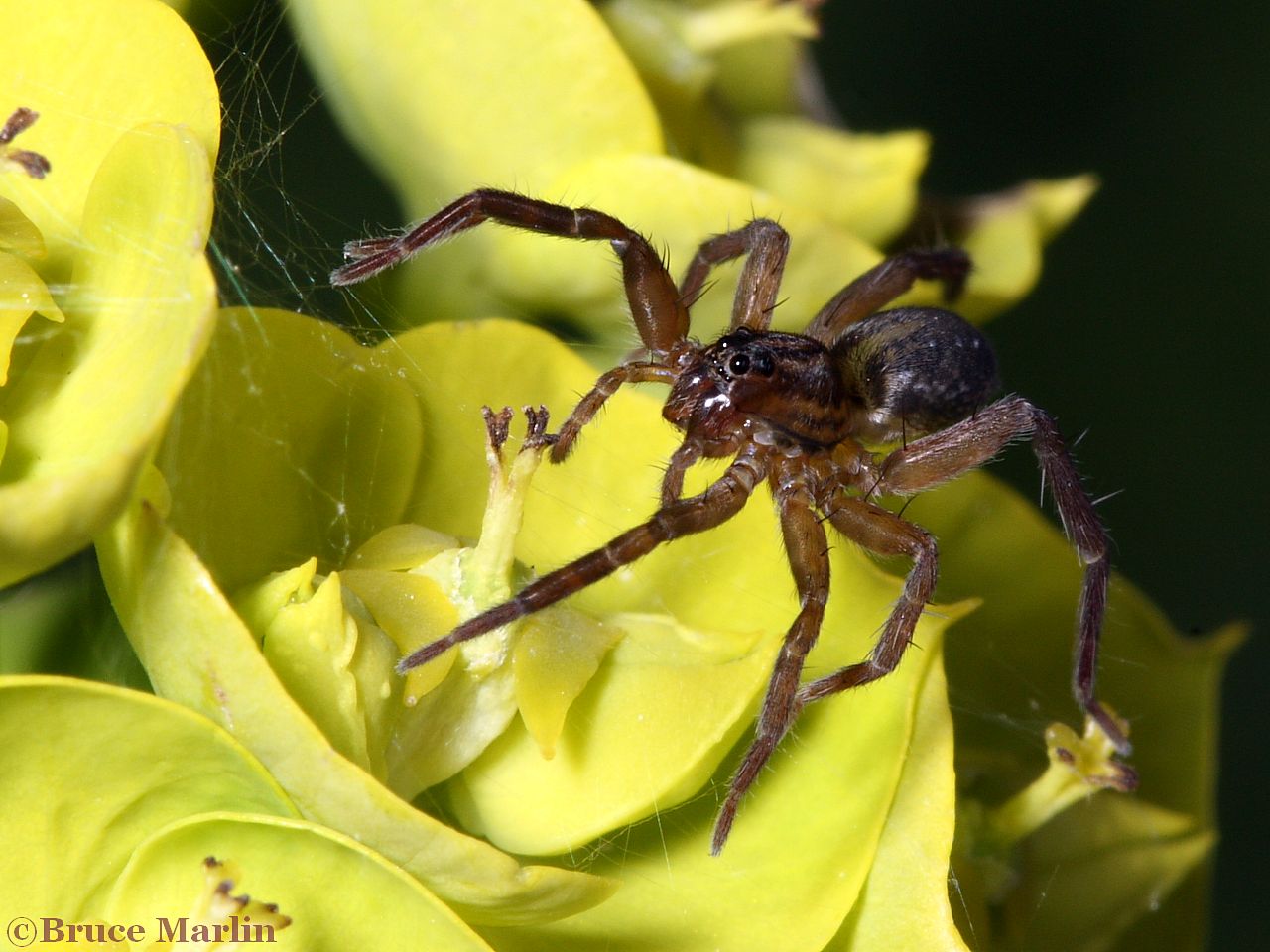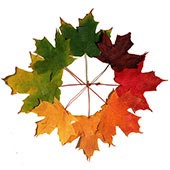Sheetweb Spider – Drapetisca alteranda
Exquisitely camouflaged, this spider is suspended on her sheet web
Linyphiidae is the second largest family of spiders after Salticidae. Comprised of 4,300 described species in 578 genera, this family is poorly known because of their small size. Commonly called sheetweb spiders and dwarf spiders.
Sheetweb spiderwebs can be flat, convex or concave, or can simply hug the substrate contours, as this spider demonstrates.
She has constructed her web on a fallen log, drenched in condensation on the forest floor – an environment not particularly conducive to the rapid movement she needs to capture prey.
So instead of mucking about in the moss and lichens and liquid, this spider is supported on silken strands she grips with claws at the tips of her legs.
This gives her the advantage of speed, and also imparts a network whereby prey movements are communicated almost instantly to her vibration-sensing equipment.
Other types of spiders do construct sheet-like webs to facilitate personal transport; the funnel-weaver spiders, with their characteristic conspicuous sheet-and-funnel, some jumping spiders use parts of their shelter web to move into and out of their hunting grounds.
Some orb-weavers use web scaffolding to move among and between plants over great distances.
Even some wolf spiders, often thought of as free-ranging hunters, use web scaffolding to extend their range. These webs are usually nearly invisible and escape our notice – it is only via photography that I have become aware of the vast number of common spiders that use their silk in this manner.
Reference: Bugguide.net, Drapetisca alteranda


